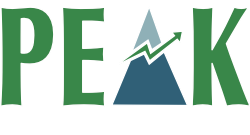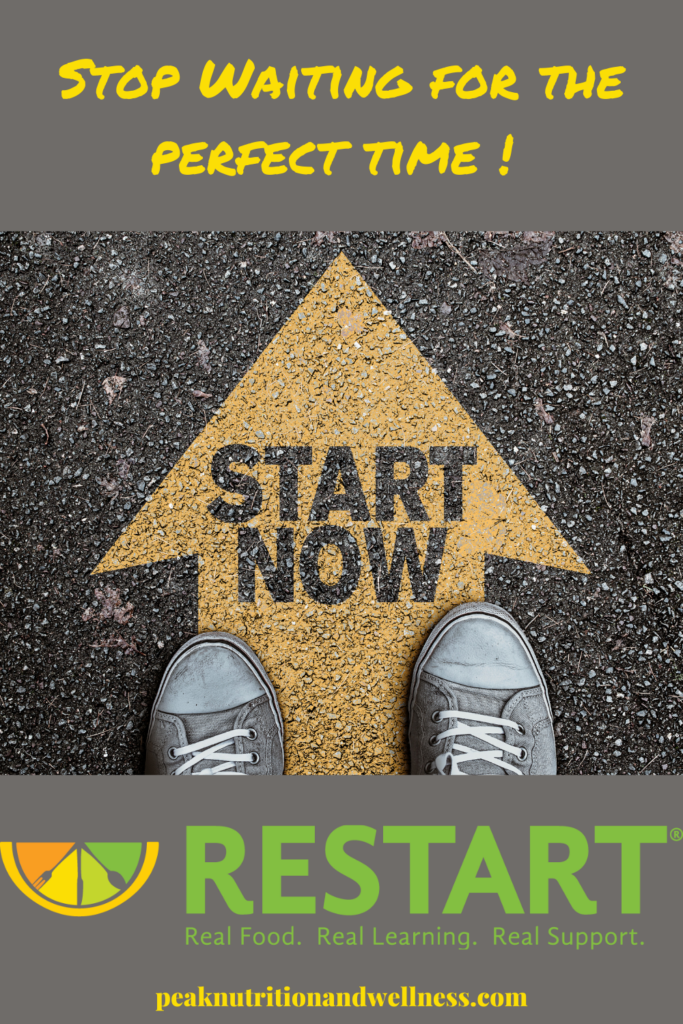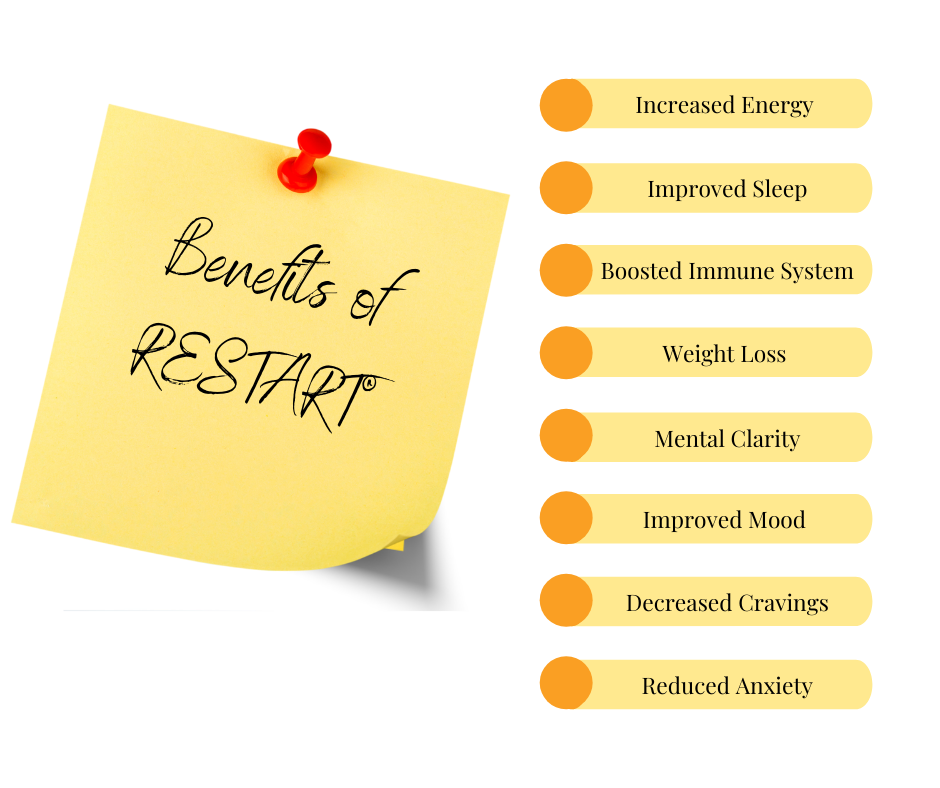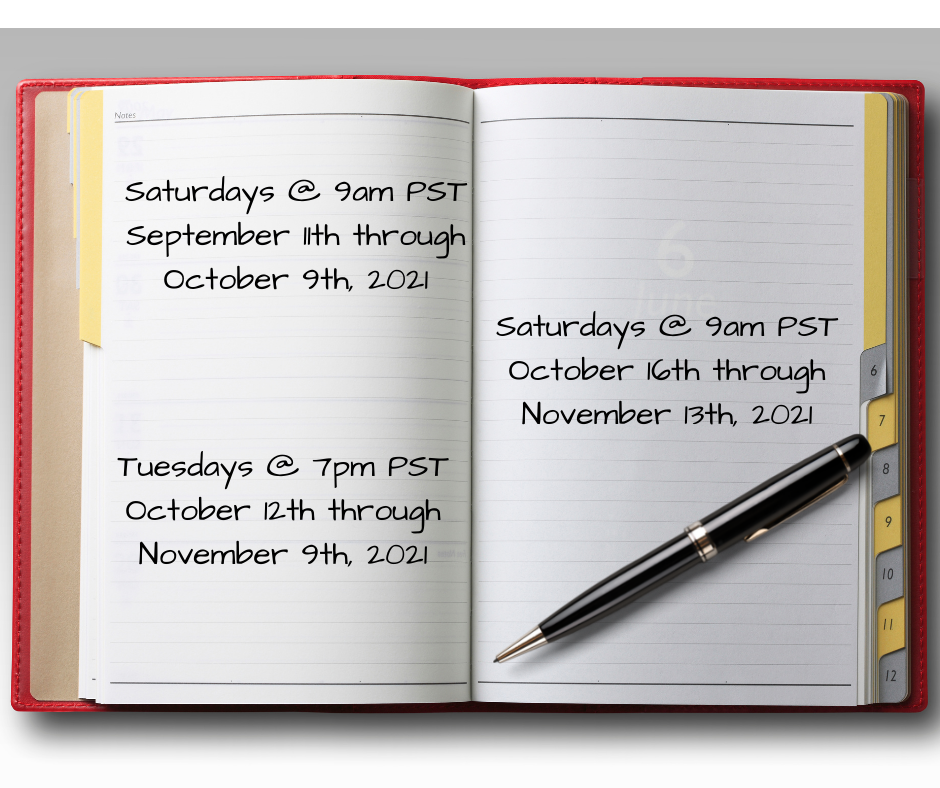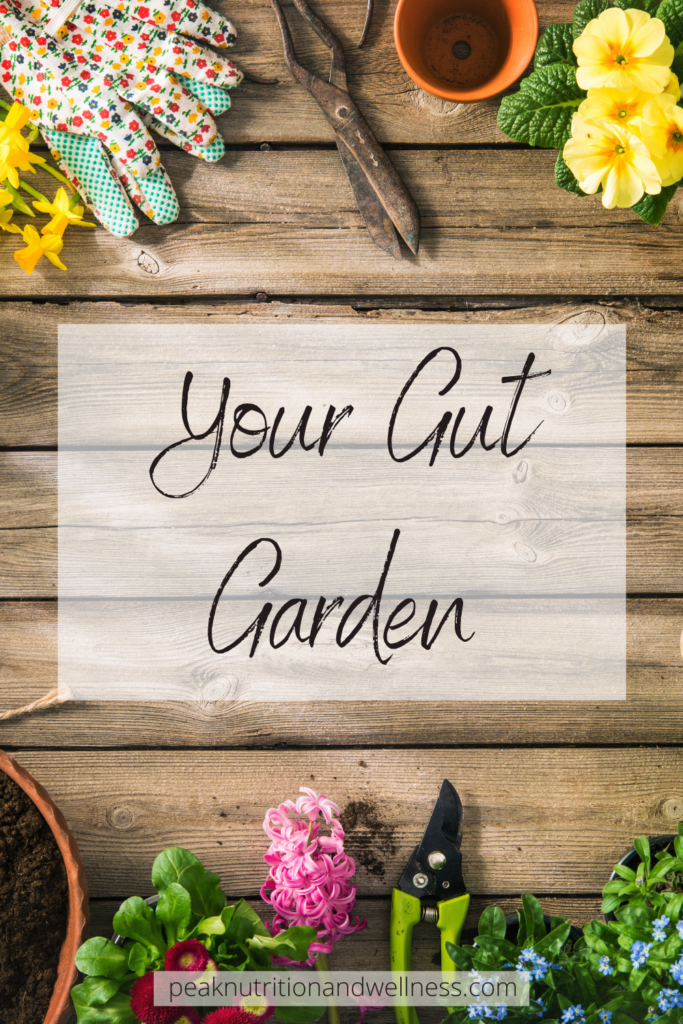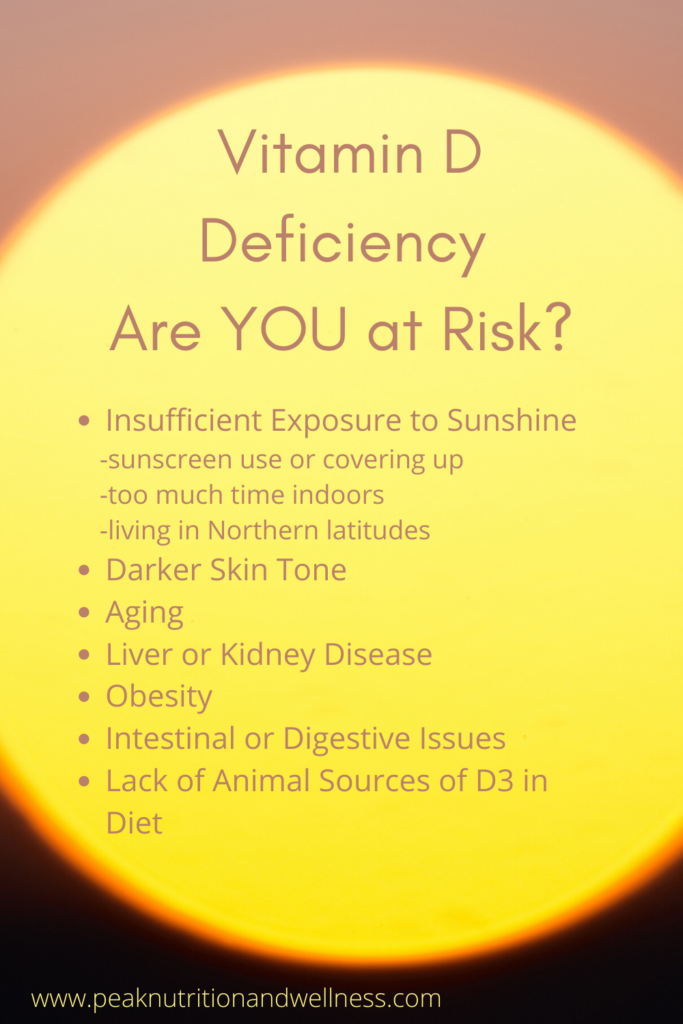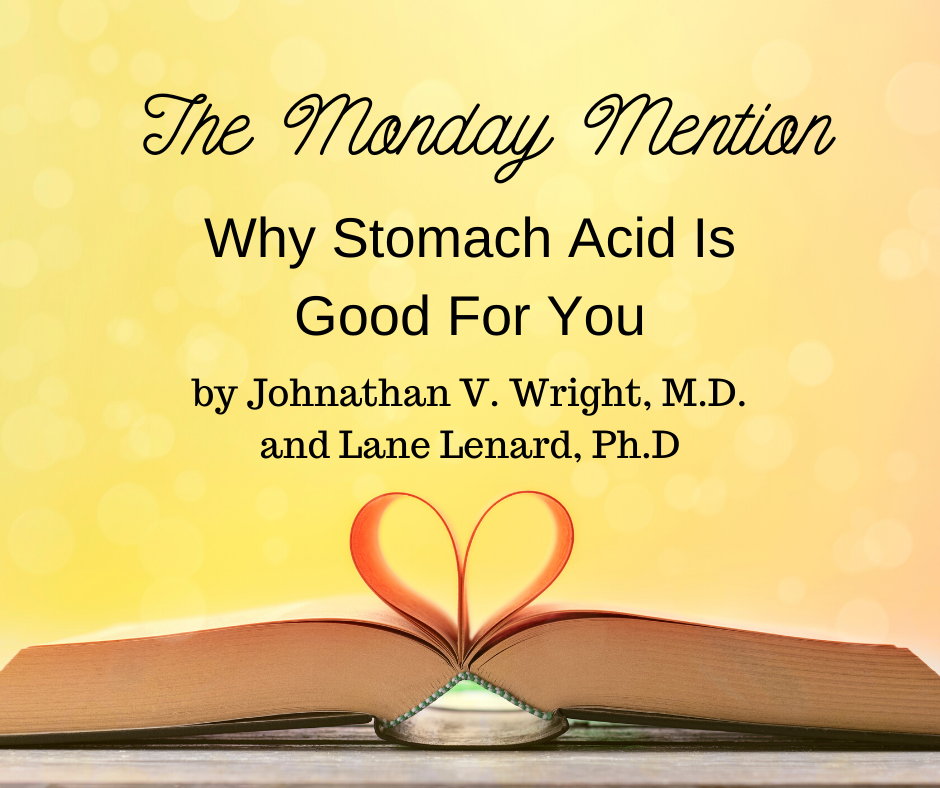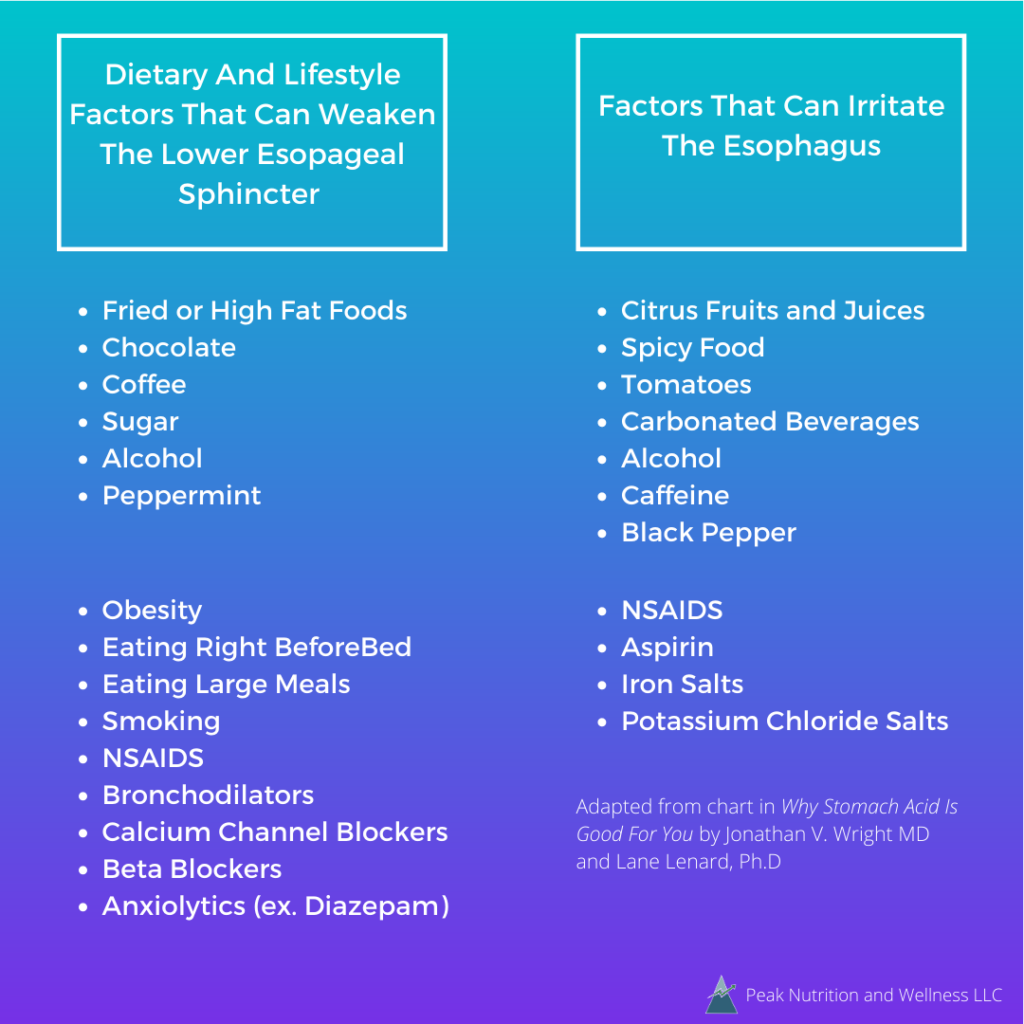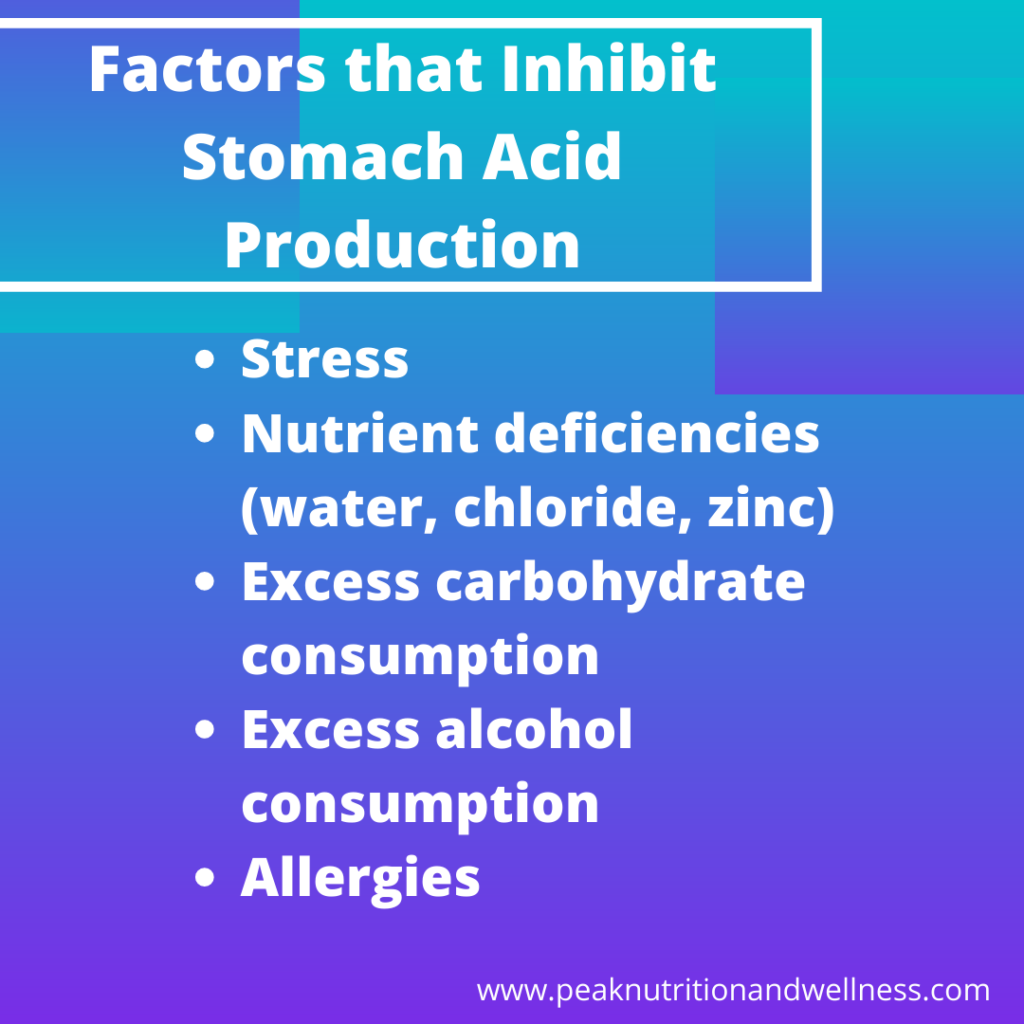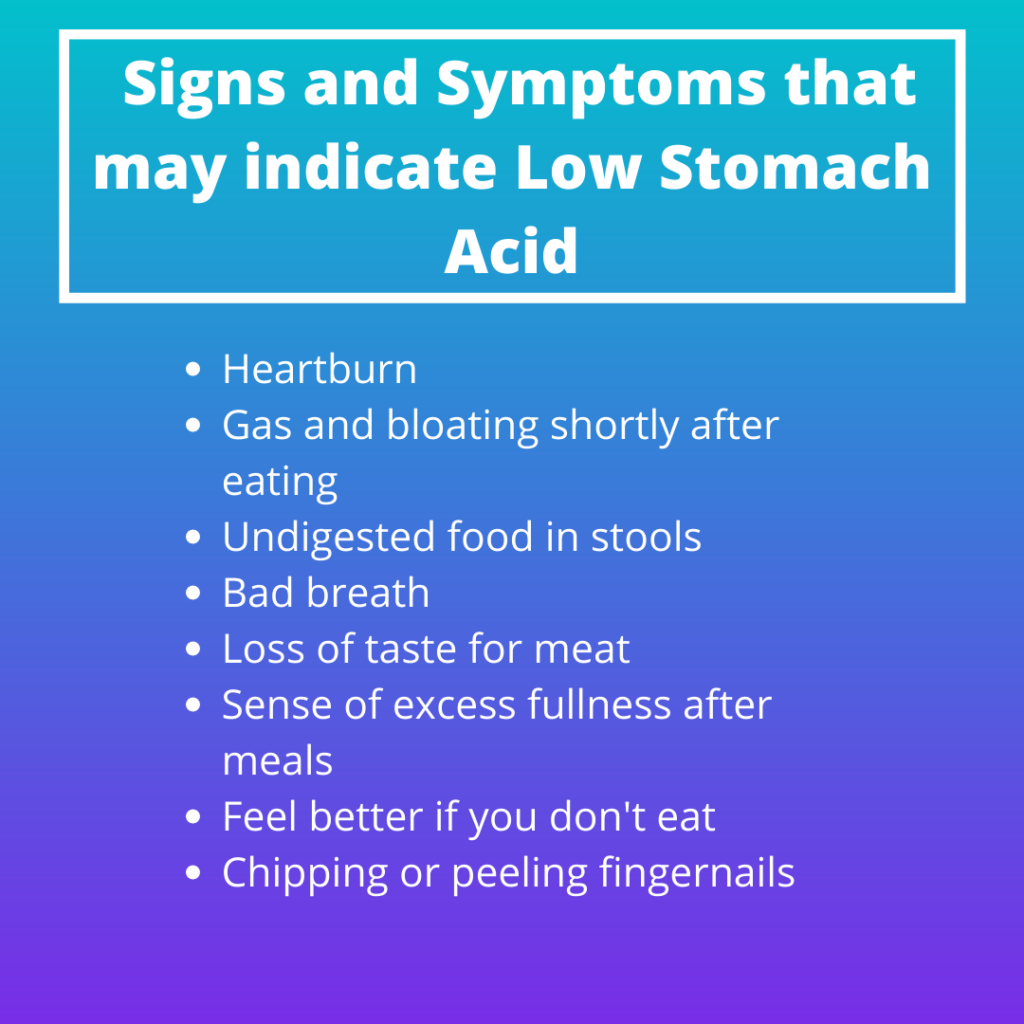It’s garden season and nothing is cooler than finally seeing those little shoots start to emerge from the soil. But did you know that these tiny plants are like nutritional powerhouses in miniature form?
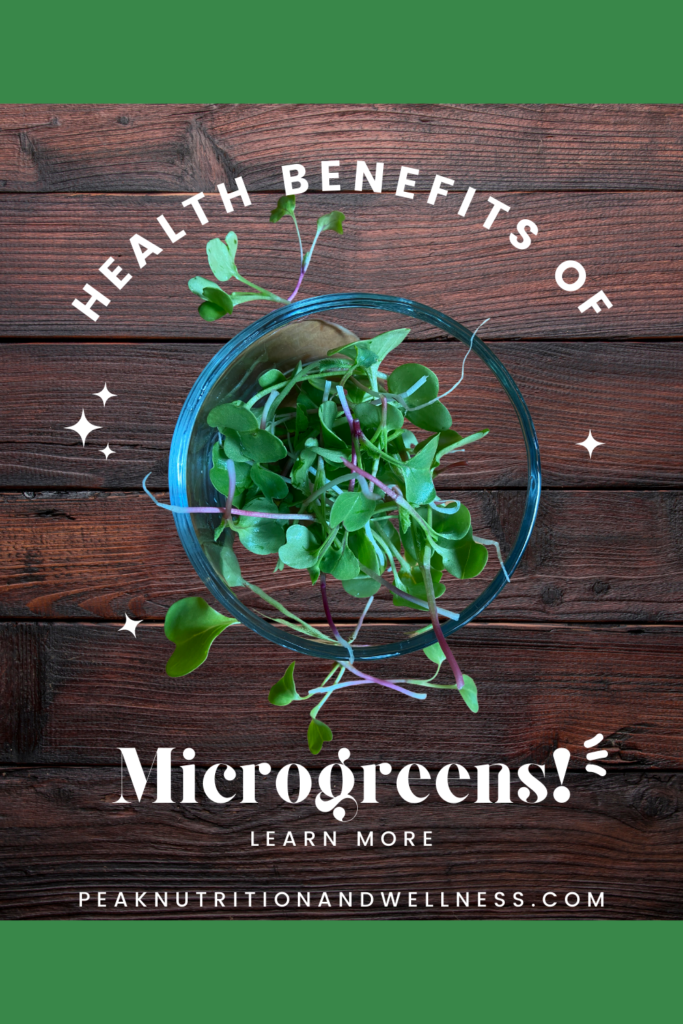
What are Microgreens?
Microgreens are immature plants harvested around 1 to 2 weeks after germination. They are usually 1-2 inches long and include the stem and leaves.
Are Microgreens and Sprouts the Same Thing?
No! While both are little nutritional powerhouses, microgreens are grown in soil (or a growing pad) and the stem and leaves are eaten. The seed is not consumed. Sprouts are grown in water and the stem and seed are consumed.
Types of Microgreens
These are just a few of the variety of microgreens:
- Radish
- Broccoli
- Basil
- Peashoots
- Beets
Health Benefits of Microgreens
Bursting with vitamins, minerals, and enzymes, microgreens offer a range of health benefits. In fact, they can contain up to 40 times the nutrients of the full grown plant!(1) Let’s take a closer look at what microgreens bring to the plate:
- Nutrient-Rich: Radish microgreens are packed with essential nutrients like vitamins A, C, and E and minerals including zinc, iron, and magnesium. (1) These gems support energy production, immune function, bone health, and more, helping you reclaim that pep in your step! 💥
- Digestive Support: Are you dealing with bloating, IBS, or heartburn? Adding microgreens to your meal could help your digestion run more smoothly. They contain enzymes that aid digestion and enhance nutrient absorption and are high in fiber. This fiber is a prebiotic, providing a source of food for the good bacteria in your gut. Imagine that? Relief through REAL FOOD! (2)
- Inflammation Tamer: Joint pains got you down? Microgreens are rich in antioxidants that help combat inflammation in the body. By including them in your meals, you’re helping support overall joint health.(3) 🕺🌱
How to Incorporate Microgreens into Your Meals
Now that we’ve got the sciency stuff out of the way, let’s look at how to get more of these little delights into our diets!
- Salads: Upgrade your greens game by adding a generous handful of microgreens to your favorite salads.Their crisp texture, fresh flavor will be a welcome addition! 🥗🌱
- Sandwiches: Elevate your sandwich by layering on some microgreens for an extra crunch and burst of nutrients. They’re a perfect match for avocado, roasted veggies, or your protein of choice. 🥪✨
- Smoothies: Power pack your morning routine by tossing a handful of microgreens into your smoothie. You’ll be amazed at how well they blend with fruits and greens, giving your smoothie an extra nutritional punch. 🥤💪
- Stir-Frys: Throw a handful of microgreens into your stir-fry toward the end of cooking. This will preserve their crispiness and add a burst of freshness to your dish. Your stir-fry game just got a major upgrade! 🍲
- Soups: Top your bowl of soup with microgreens to not only give it that restaurant-like pizzaz, but an extra helping of good-for-you nutrients.🥣
Growing Radish Microgreens
Even if your thumb is far from green, you can grow radishes (and, therefore, radish microgreens)! Radishes are a fast going crop and one of the quickest ways to get homegrown microgreens into your diet. Within as little as 7 days of planting the seeds, you’ll have adorable little shoots! When they are 1 to 2 inches tall, thin the rows by removing some shoots, leaving about 2 inches between plants. Crowded radishes don’t grow well. You can now add your harvested microgreens to your meal! The remaining shoots will continue to mature into radishes (or, if your goal is to only grow microgreens, you can harvest the lot and start a fresh batch!)
No garden? No worries!
You can easily grow microgreens indoors. Check out THIS article for the How-To.
Incorporating radish microgreens into your diet is a small but powerful step towards nurturing your gut and overall well-being. So, grab a handful of these nutrient-packed greens and let them work their magic!
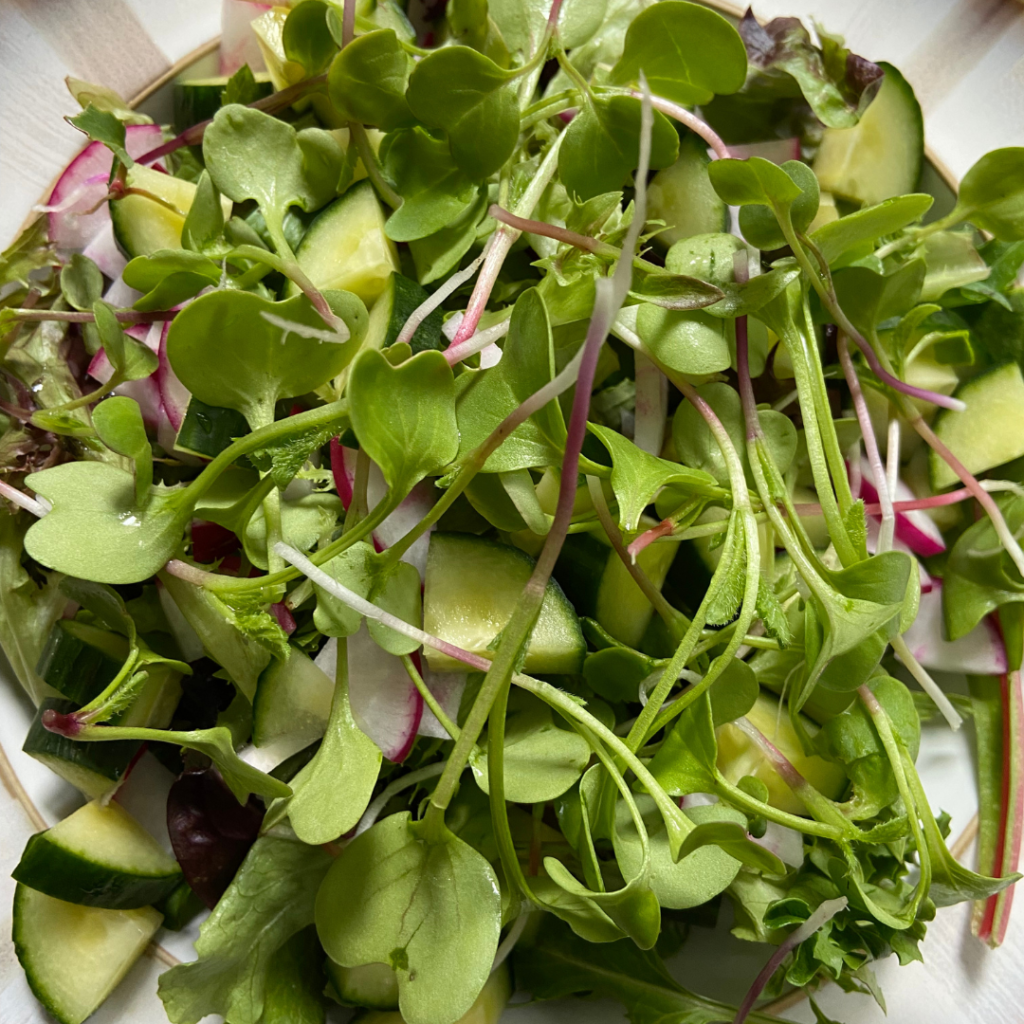
🌱💚 Unlock Your Body’s Innate Healing Power:
If you’re ready to take charge of your health and make sustainable changes to your diet and lifestyle, I’m here to support you every step of the way. As a functional, nutritional therapy practitioner, I specialize in helping individuals like you find relief from symptoms that have been ruling your life. Contact me HERE.
Sources:
- Zhenlei Xiao, Gene E. Lester, Yaguang Luo, and Qin Wang. (2012). Assessment of Vitamin and Carotenoid Concentrations of Emerging Food Products: Edible Microgreens. Journal of Agricultural and Food Chemistry, 60 (31), 7644-7651
DOI: 10.1021/jf300459b - Holscher H. D. (2017). Dietary fiber and prebiotics and the gastrointestinal microbiota. Gut microbes, 8(2), 172–184. https://doi.org/10.1080/19490976.2017.1290756
- M. H. Ahmed et al. (2015). Phenolic Composition, Antioxidant Potential, and in vitro Digestibility of Different Parts of Sprouted Radish (Raphanus sativus L.), Journal of Food Science and Technology, vol. 52, no. 12, pp. 7855–7863.

